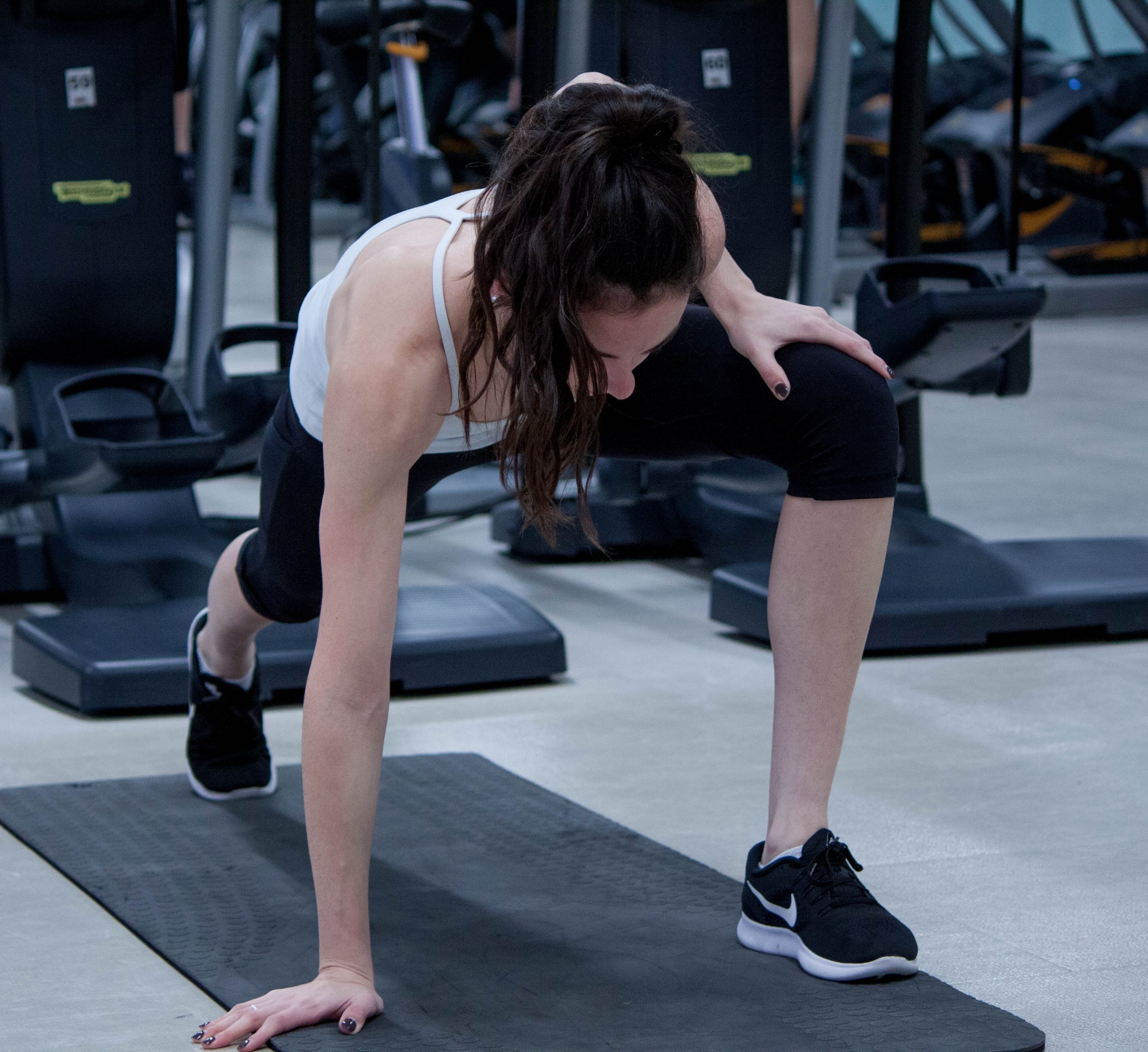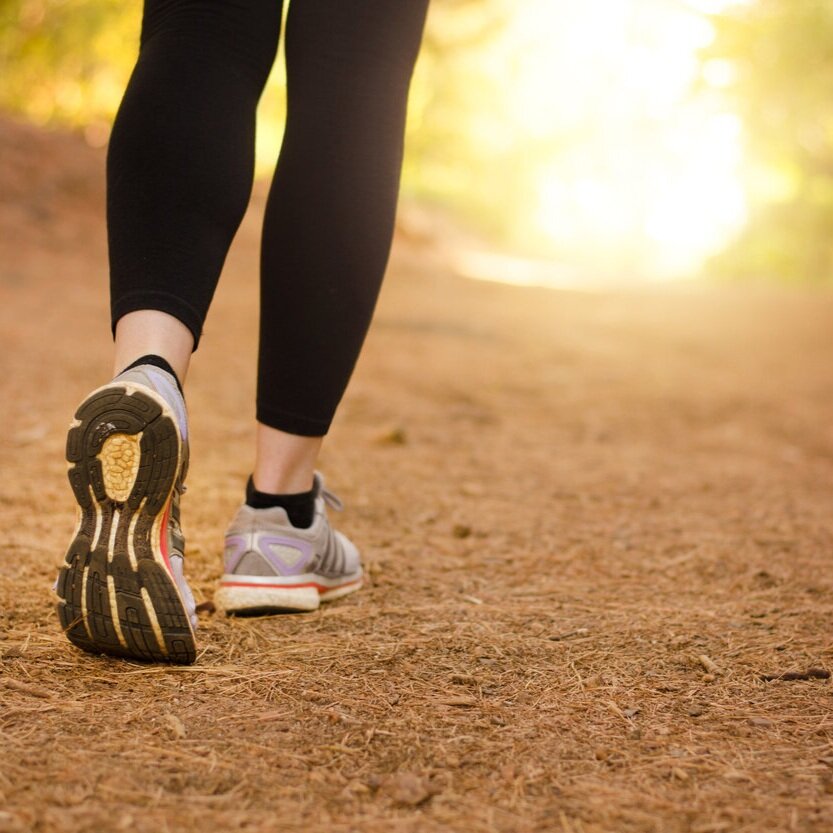As winter comes to an end, we want to move more and feel renewed in our body. That makes spring an ideal time to focus on optimizing your fitness, performance, and health. No matter your age, stage, or season of life, we are going to challenge you in increasing protein to meet your spring health goals.
If you are like most of our clients, you want to get stronger, move better, lose body fat. Your goal may be to say good-bye to a nagging health condition (perhaps an autoimmune disease, osteoporosis, pre diabetes, or long COVID). When we sit down to discuss these goals, we often find that clients are not meeting their minimum protein requirements. Increasing protein is necessary to fuel the body in achieving these goals.
Why do we care about protein intake as physical therapists?
Protein is required for muscle growth and repair. Subsequently, healthy muscle mass is required for a healthy metabolism, bone mass, blood pressure and more. In addition, a lack of protein can result in an impaired immune system and increased inflammation.
You may be low on protein because you just don’t consume enough quality protein. It may be that your need is higher than average because you are healing or under a lot of physical stress. Or you may not be able to break down or absorb the protein you are consuming adequately. In any of these cases, the result will be a difficult time healing from injury, illness or workouts. You may have not have levels of hormones and neurotransmitters necessary to feel your best, produce energy, stabilize your mood, build muscle, and lose body fat.
Can we agree that one of your spring goals should be meeting your body’s protein needs? Now, let’s figure out how to do that in the midst of a busy schedule.
1. Start Your Day with Protein.
Your first meal of the day is important for your metabolism, sustained energy, and to curb cravings for less healthy foods later in the day. A well balanced meal also sets the stage mentally for making healthy choices as the day goes on.
2. Space your intake throughout the day.
The body can only process so much protein at one time, so there is no reason to eat your days worth of protein at dinner. Instead of focusing only on your daily protein goal, be sure you are getting adequate amounts at each meal. For most people this will be 20-30 grams.
3. Drink plenty of water, but not with your meals.
Hydration is important to keeping the body – especially digestion and detoxification – running well. However, drinking too much water with your high protein meals can decrease the digestive enzymes in your stomach necessary to break down the food properly for absorption.
4. Be mindful with your protein.
Hitting macronutrient targets is important but if you aren’t absorbing the nutrients you are consuming it doesn’t do you much good. The biggest trigger for gut health issues and poor absorption is stress. So focus on enjoying your food and take a few deep breaths before your meal if you feel like your mind is racing.
5. Read food labels.
Marketers know that “protein” is a buzzword, but you must check the label for quantity and quality. That protein bar with 5 grams of protein is not a “high protein” snack. In addition, you should avoid poorly absorbable or highly inflammatory proteins like casein and soy.
6. Supplement with protein powders.
When you need a quick protein boost a shake may be your best option. Check labels for artificial ingredients, flavorings, and sweeteners that can cause more harm than good. Be sure the product has at least 20 grams of quality protein (from multiple sources like hemp and rice if vegan and grass fed if a whey protein).
These are six simple ways you can optimize your protein intake and better absorb it. Remember, if you are recovering from an illness or injury, training hard, or over the age of 40, you may need more protein than you think. The RDA (recommended daily allowance) does not take into account these instances of increased need or situations where absorption may be altered.
If you are interested in identifying your unique protein targets to meet your health goals, Integrative Health Coaching may be your next best step. Schedule a Free Discovery Visit to find out if a personalized plan and support through coaching is the solution you are searching for. Click HERE to reserve your spot.









